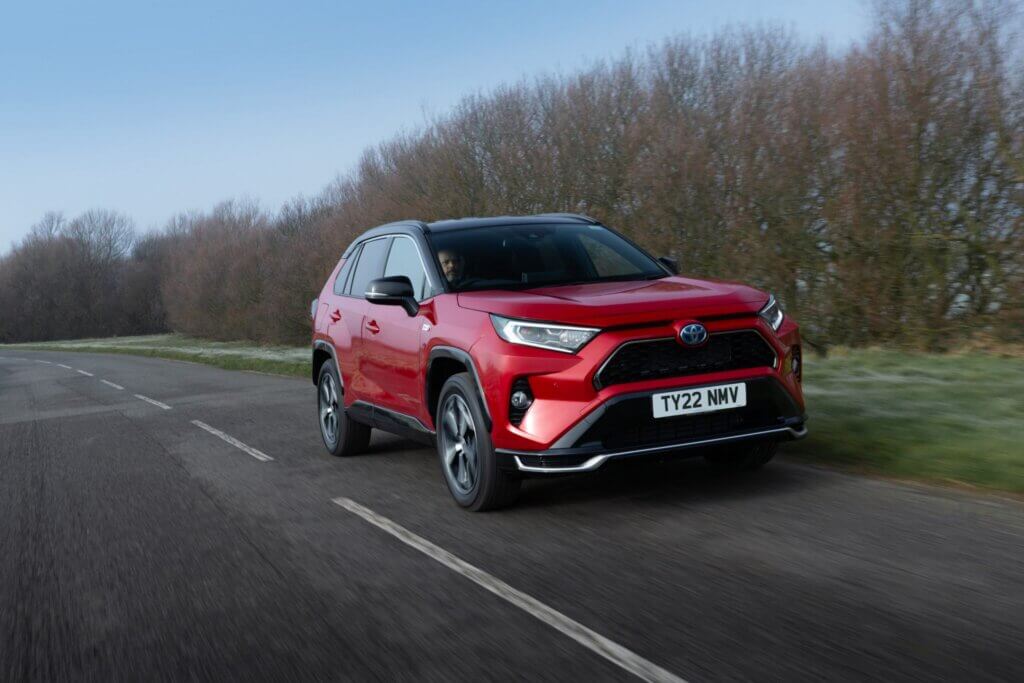Plug-in hybrids – or PHEVs – have grown in popularity over recent years. Why? Well, these battery-assisted models allow you to pootle around on electric-only power for short journeys. But they also have the safety net of a petrol or diesel engine that can be used for longer trips.
As their popularity has grown, more plug-in hybrids have been created and, as a result, there are loads to choose from if you’re looking to buy a used one. So if you want a car which can help to reduce your fuel bills each month, the choices in this article could be a great place to start.
There’s a plug-in hybrid to suit nearly all budgets and requirements. In this list, we’ve checked out all types of PHEVs from a variety of carmakers to find one which will work for you. This list of the best used plug-in hybrids has some models from brands you may not expect. Let’s take a look at some of the best used plug-in hybrid cars:
- Mitsubishi Outlander – (2014-2021)
- Toyota RAV4 PHEV – (2019-present)
- Volkswagen Golf GTE – (2015-2019)
- Mini Countryman S E 4ALL – (2017-present)
- BMW 330e (2018-2022)
- Audi A3 e-tron – (2014-2018)
- BMW X1 xDrive25e – (2015-2022)
- MG HS PHEV – (2019-present)
- Ford Kuga PHEV – (2021-present)
- Volvo XC90 Recharge T8 – (2015-present)




